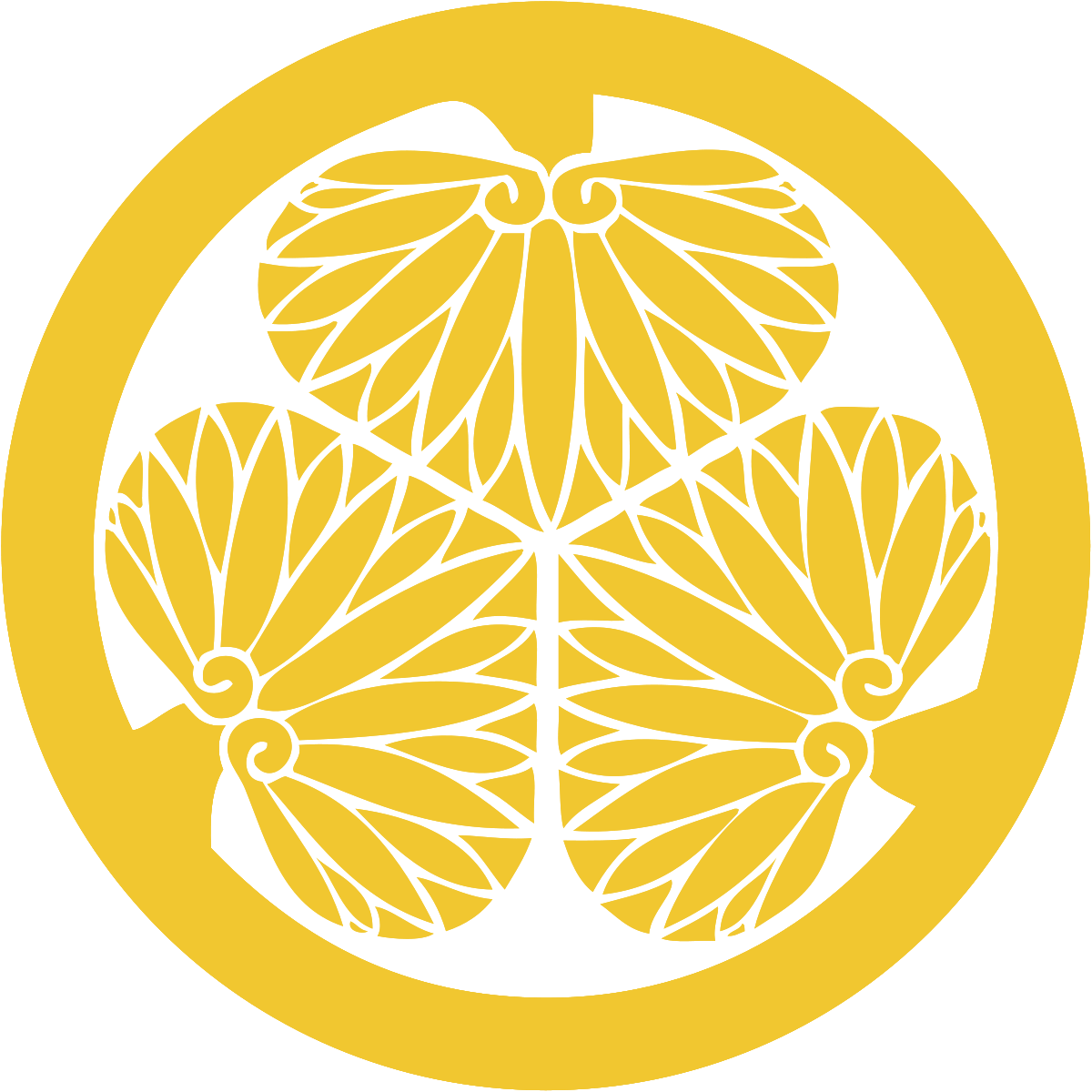
The Unifier of Japan

Tokugawa Ieyasu was one of the most brillian minds of history, both political and military.
He was born in the Sengoku era, and defeated his foes, politicly and on the battlefield, through his brillian tactics and manouvering.
During his campaign, Ieyasu was on good terms with Oda Nobunaga. When Takeda Shigen declared war on thye Tokugawa clan, Nobunaga was
supplying and aiding Ieyasu, and later, joined war on Ieyasu's side. After the downfall of Takeda Shingen (marked by the
Battle of Nagashino
), Nobunaga and Ieyasu split the conquered territory. Only a little while later was assasination of Nobunaga where Toyotomi Hideyoshi
picked up where Nobunaga left off.
Naturally, contention arose between Hideyoshi and Nobunaga's son, who was suppost to inherit his father's power. Ieyasu, still loyal to
his friendship with Nobunaga, sided along with Nobunaga's son. With Hideyoshi's lardge and affluent domains, Iyeasu was eventually forced
to concede to him, and so, Hideyoshi ruled all of Japan. That, however, was not the end of Tokugawa. Tokugawa returned to his capital, Edo,
and began building his forces.
When Hideyoshi died of old age (and his son, Toyotomi Hideyori, was too young to rule) Ieyasu sparng into action, as did many others. The
campaign that ensued left basically only two sides left: Those who supported Tokugawa Ieyasu, and those who did not. The deciding battle was
the
Battle of Sekigahara
. This enormous battle had about 200,000-350,000 troops deployed. Ieyasu also would have had reinforcements of about another 100,000 troops,
but his son (who was leading the force) was delayed, and the enemy engaged, so Ieyasu couldn't wait any longer. Despite being outnumbered by a
few ten thousand, Ieyasu was victorious. There was a few more battles after that, then Tokugawa Ieyasu became the Shogun (Ultimate Leader) of all
Japan. The gonverment he set lasted for two centeries after he died.